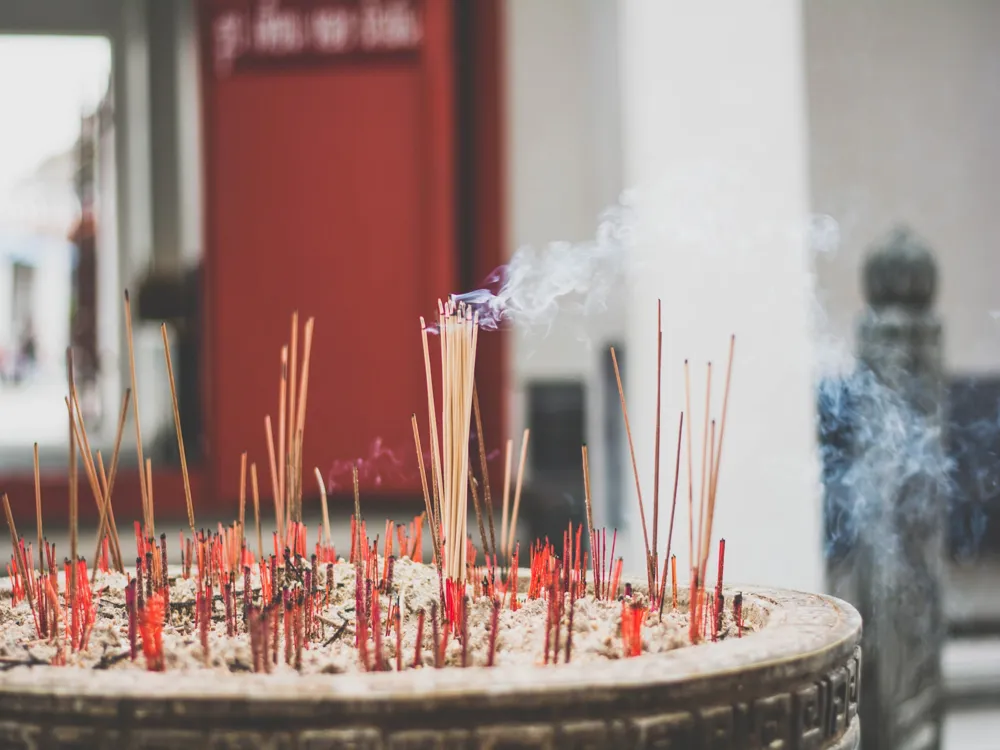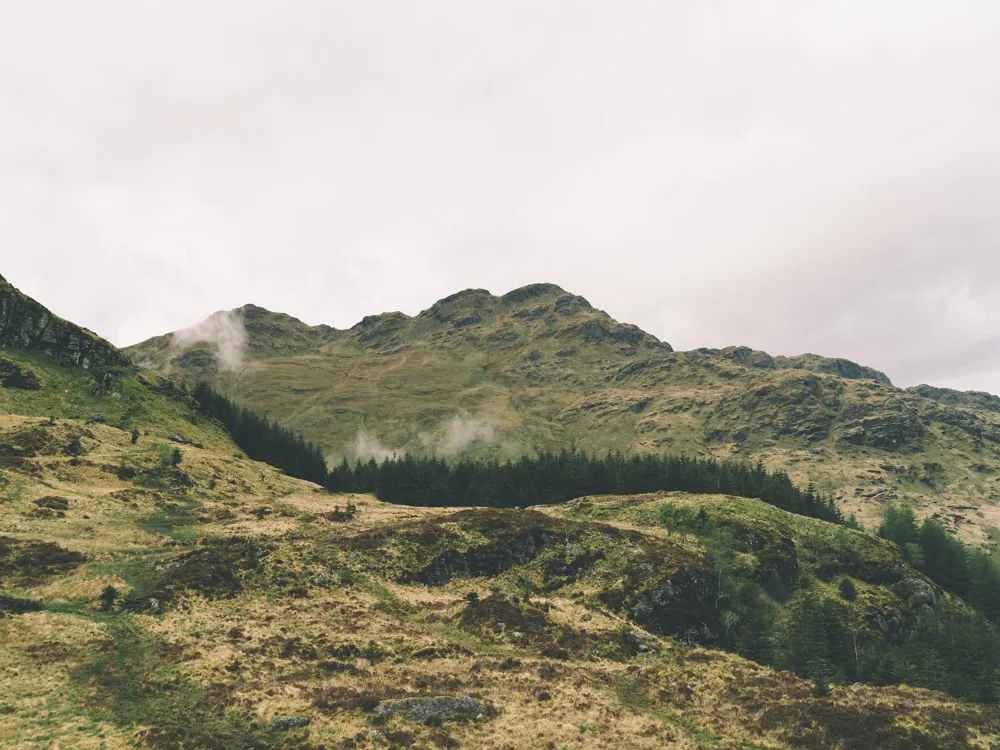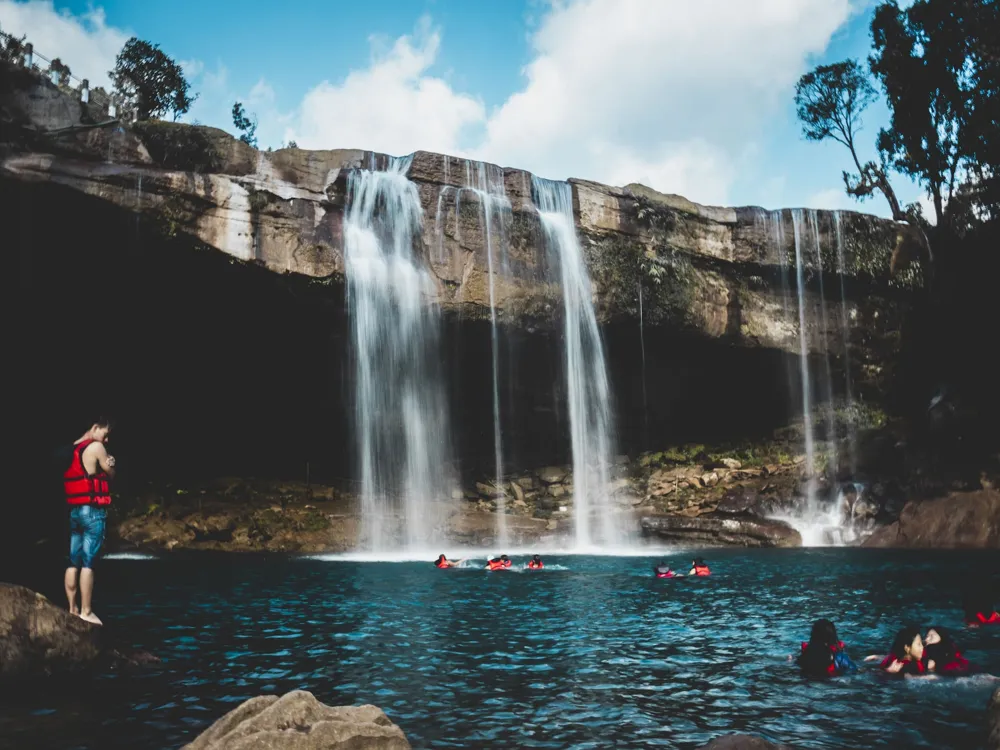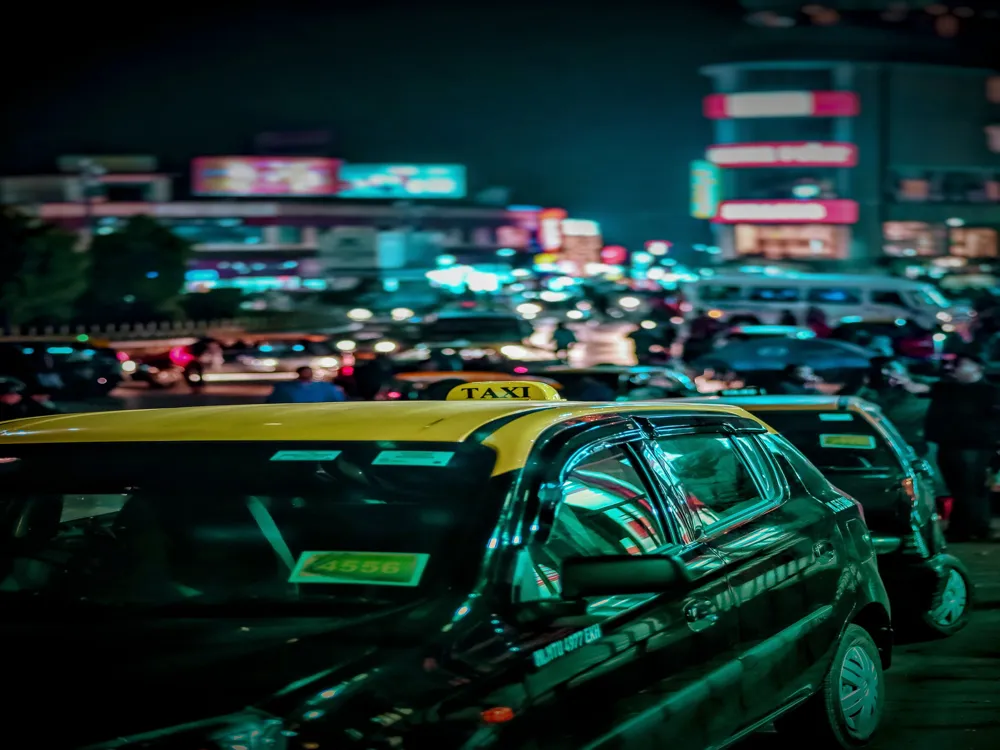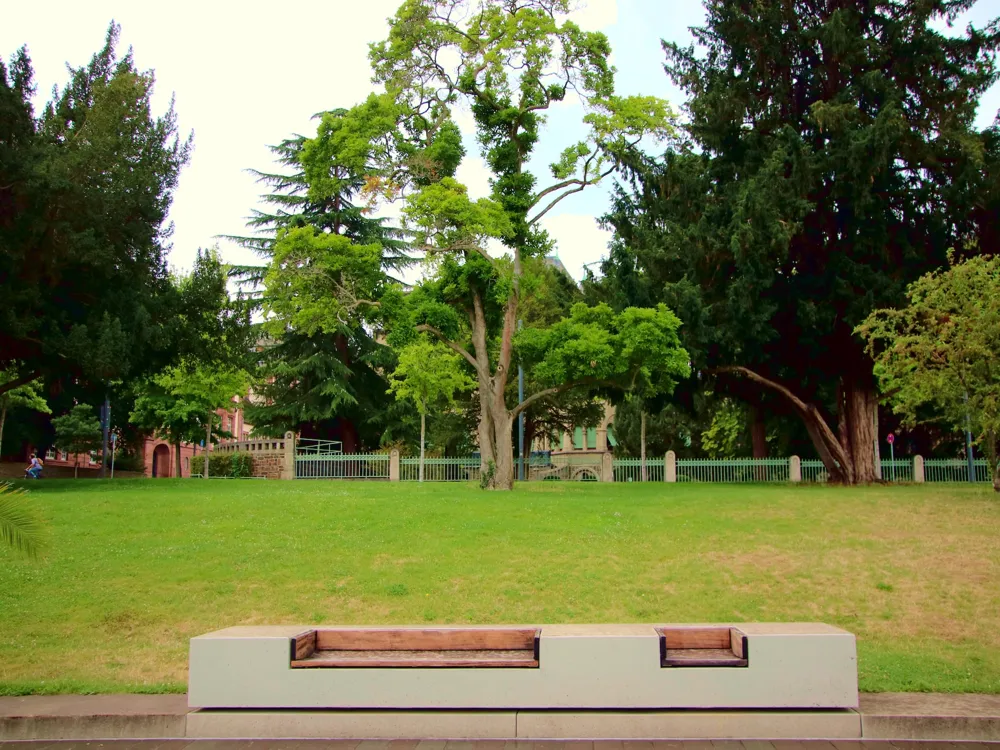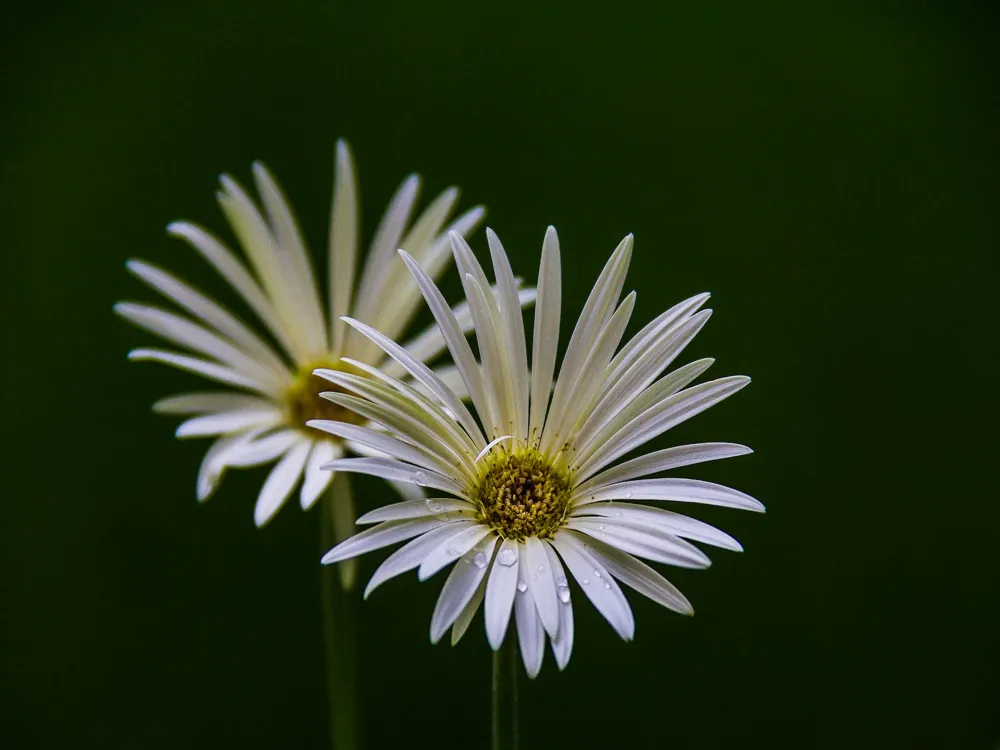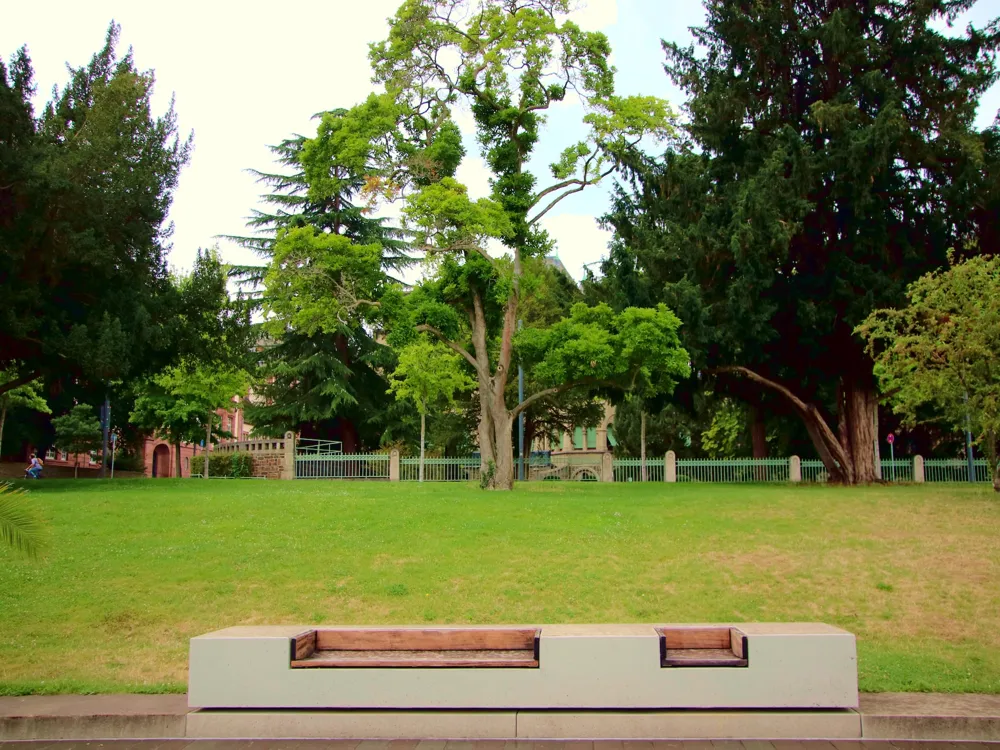Nestled in the heart of Assam, Mayong is a land shrouded in mystery and allure. Often referred to as the 'Land of Black Magic', this small village in the Marigaon district boasts a rich cultural heritage that dates back centuries. Contrary to the eerie connotations of its nickname, Mayong is a place of breathtaking beauty and serene landscapes. The village is perched near the banks of the mighty Brahmaputra River, offering panoramic views that captivate the hearts of visitors. The history of Mayong is as intriguing as its landscape. It's believed that the name 'Mayong' originates from the Sanskrit word 'Maya', meaning illusion, which aptly reflects the mystical aura that surrounds this region. The village's lore is filled with tales of wizards, witches, and magical practices that have been passed down through generations. These stories, whether fact or folklore, have been a significant part of Mayong's identity, drawing curious travelers from all corners of the world. Beyond its mystical charm, Mayong is a treasure trove of archeological wonders. The region is dotted with ancient temples, rock inscriptions, and relics that speak volumes of its rich historical past. These archaeological remnants not only attract history enthusiasts but also offer a glimpse into the spiritual and cultural fabric of the area. The village is also home to the Mayong Central Museum and Emporium, which houses rare manuscripts and artifacts related to black magic and tantra, further cementing Mayong's reputation as a hub of esoteric practices. The people of Mayong are a testament to the village's diverse and vibrant culture. Their way of life, deeply rooted in tradition and folklore, offers a unique experience to visitors. The local festivals, dances, and music are a colorful display of their rich cultural tapestry, providing an immersive experience into the soul of Assam. In addition, the local cuisine, with its array of flavors and spices, is a delight for food enthusiasts looking to indulge in authentic Assamese culinary delights. Mayong's landscape is equally enchanting. The lush greenery, the undulating terrain, and the proximity to the Brahmaputra River create a serene environment ideal for nature lovers and peace seekers. The village serves as a gateway to some of Assam's most picturesque locations, including the Pobitora Wildlife Sanctuary, known for its dense population of the Great Indian One-Horned Rhinoceros. This proximity to natural wonders adds another layer to Mayong's multifaceted appeal. The architectural landscape of Mayong is a fascinating blend of historical and cultural influences, reflecting the diverse epochs and rulers that have shaped its history. From ancient temples to mystical sites, the structures in Mayong are not only significant in terms of religious and cultural importance but also stand as testimonies to the architectural ingenuity of the past. One of the most prominent architectural features in Mayong is its temples. These sacred structures, some of which date back several centuries, are fine examples of traditional Assamese temple architecture. They often feature intricate carvings, ornate designs, and are constructed using local materials like bricks, stones, and wood. The Narashinha Ashram, a notable temple in Mayong, is a perfect illustration of this style. Its historical significance coupled with its architectural beauty makes it a must-visit for anyone interested in the region's heritage. Apart from temples, Mayong's architecture is also characterized by its historical monuments and rock inscriptions. These inscriptions, some of which are centuries old, provide valuable insights into the social, cultural, and political life of ancient Mayong. The stone inscriptions at Burha Mayong, for instance, are significant archaeological finds that offer a glimpse into the region's past. The way these inscriptions have been preserved and deciphered over the years reflects the rich historical legacy of Mayong. The construction techniques and materials used in Mayong's architecture are a testament to the ingenuity of its people. Traditional Assamese houses, made of bamboo and thatch, are also a significant part of Mayong’s architectural landscape. These houses are designed to withstand the region's climatic conditions, particularly the heavy rains and floods. Their eco-friendly and sustainable nature speaks volumes about the traditional wisdom and environmental consciousness of the local inhabitants. The integration of natural landscapes with architectural sites in Mayong creates a harmonious blend that enhances the mystical aura of the region. The ruins of ancient forts and palaces, hidden amidst lush forests and hills, add to the mysterious charm of Mayong. Exploring these sites offers a unique adventure, as each structure has its own story, steeped in legend and history. Mayong experiences a tropical climate, and the best time to visit is from October to April. During these months, the weather is pleasant, making it ideal for exploring the outdoors and indulging in various activities. The monsoon season, from May to September, is best avoided due to heavy rains and potential flooding. The most convenient way to explore Mayong is by hiring local taxis or auto-rickshaws. For a more authentic experience, consider renting bicycles or walking around the village. This not only gives you a closer look at the local life but also helps in reducing your carbon footprint. Respect for local customs and traditions is paramount when visiting Mayong. Dress modestly, especially when visiting religious sites. It's also advisable to seek permission before taking photographs of the locals or their properties. Mayong offers a variety of local Assamese cuisine that visitors must try. However, it's important to note that options for international cuisine might be limited. Accommodation ranges from homestays to budget hotels, offering a glimpse into the local lifestyle and hospitality. While Mayong is generally a safe destination, it's always advisable to take standard travel precautions. Carry a basic first aid kit, and be aware of the nearest medical facilities. Also, stay updated on local news and weather forecasts, especially during the monsoon season. Mayong is well-connected by road and is accessible from various parts of Assam. The nearest major city is Guwahati, which is about 40 kilometers away. Visitors can reach Guwahati by air, rail, or road and then take a taxi or bus to Mayong. The journey from Guwahati to Mayong is scenic and offers glimpses of Assam's picturesque landscapes and vibrant culture. For those preferring public transportation, regular bus services are available from Guwahati to Morigaon, and from there, local transport can be taken to reach Mayong. Additionally, hiring a private car from Guwahati for a more comfortable and personalized trip is a popular option among tourists. For international travelers, flying into Lokpriya Gopinath Bordoloi International Airport in Guwahati and then proceeding to Mayong is the most convenient route. This journey offers an excellent opportunity to experience the urban and rural contrasts of Assam and the unique beauty of the Northeastern region of India. Read More:Overview of Mayong, Assam
Architecture of Mayong, Assam
Tips When Visiting Mayong, Assam
Best Time to Visit
Local Transportation
Cultural Etiquette
Food and Accommodation
Health and Safety
How To Reach Mayong, Assam
Mayong Assam
Marigaon
Assam
NaN onwards
View marigaon Packages
Weather :
Tags : Landmark
Timings : All time
Time Required : 5-6 hrs
Entry Fee : No entry fee
Planning a Trip? Ask Your Question
Marigaon Travel Packages
View All Packages For Marigaon
Top Hotel Collections for Marigaon

Private Pool

Luxury Hotels

5-Star Hotels

Pet Friendly
Top Hotels Near Marigaon
Other Top Ranking Places In Marigaon
View All Places To Visit In marigaon
View marigaon Packages
Weather :
Tags : Landmark
Timings : All time
Time Required : 5-6 hrs
Entry Fee : No entry fee
Planning a Trip? Ask Your Question
Marigaon Travel Packages
View All Packages For Marigaon
Top Hotel Collections for Marigaon

Private Pool

Luxury Hotels

5-Star Hotels

Pet Friendly







